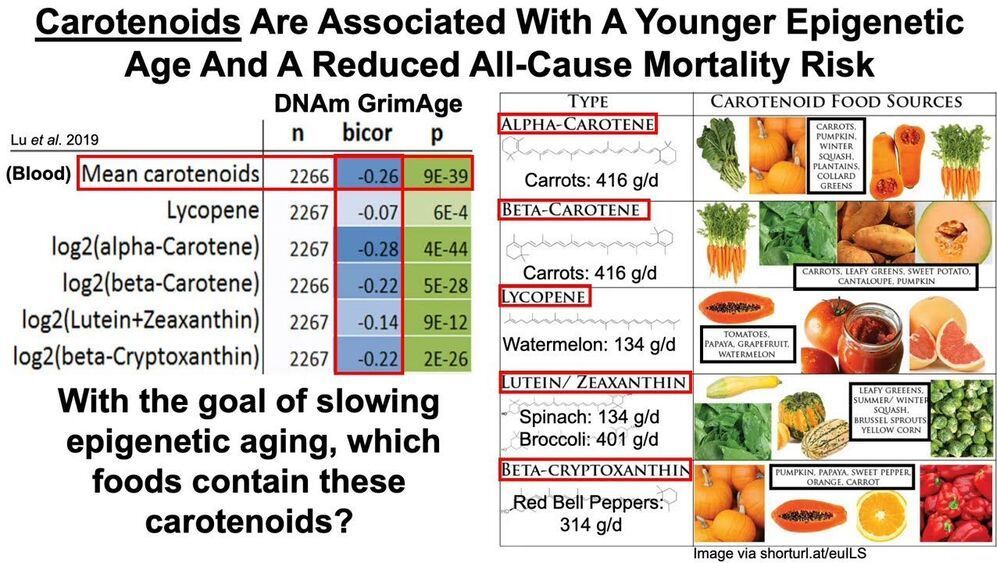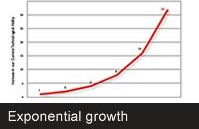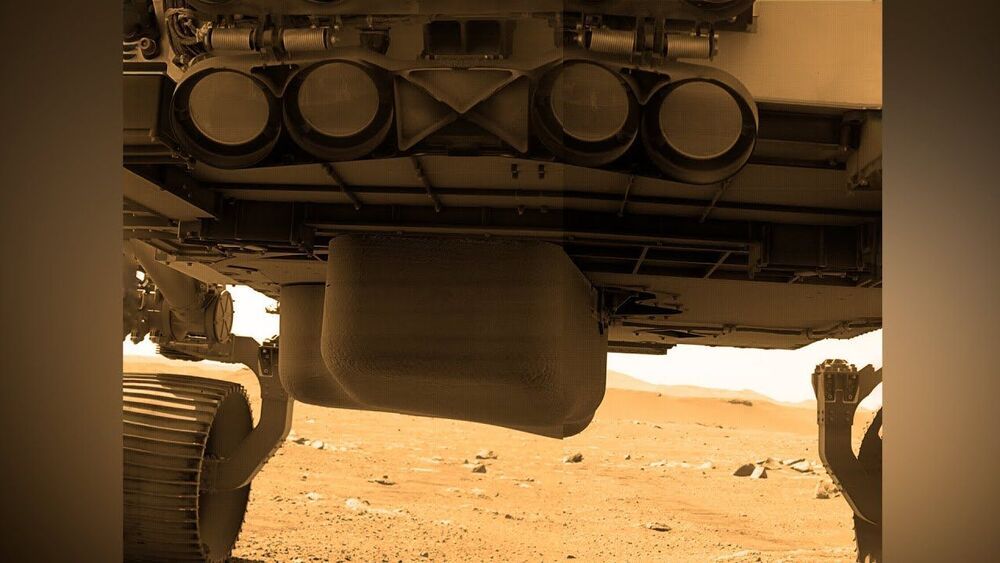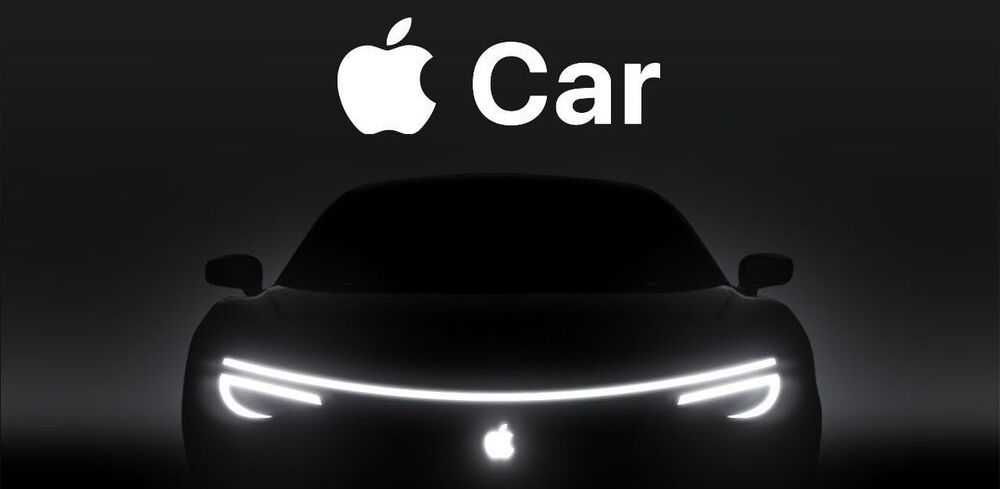Geothermal energy may be the key to bringing reliable, clean energy to the world.
Here’s my latest video!
Papers referenced in the video:
DNA methylation GrimAge strongly predicts lifespan and healthspan:
https://pubmed.ncbi.nlm.nih.gov/30669119/
GrimAge outperforms other epigenetic clocks in the prediction of age-related clinical phenotypes and all-cause mortality:
https://pubmed.ncbi.nlm.nih.gov/33211845/
Dietary intake and blood concentrations of antioxidants and the risk of cardiovascular disease, total cancer, and all-cause mortality: a systematic review and dose-response meta-analysis of prospective studies:
Check out “How Watson Works here.”
Is it possible to live forever by using narrow AI that can perform faster and smarter than humans? Having a doctor give you the correct diagnosis and treatment plan only happens on average, 54% of the time, as the New England Journal of Medicine has pointed out. Having Watson instantly diagnose you with the correct diagnosis and treatment plan 95% of the time will become the new standard. Our crop of new personal medicine products such as continual internal diagnostics, synthetic immune systems, virtual assistants, and regenerative medicine will diagnose and stop sickness from ever occurring while constantly rebuilding and improving body and mind capabilities.
IBM has made a series of Watson computer systems so that any company can raise their industries products and services far beyond our human capability. IBM’s Watson was first featured to the public with its historic Jeopardy win over Ken Jennings and Brad Rutter the best human Jeopardy players. At the time, Watson contained 200 million pages of structured and unstructured content in a ninety server computing system with an analytical software IBM designed called DeepQA. Now, the financial markets, medicine, insurance companies, government, engineering, and customer service call centers are employing (buying) Watson is an artificial intelligence system, that can be specifically tailored to any digitized industry and quickly evolve their industries potential.
When physicists need to understand the quantum mechanics that describe how atomic clocks work, how your magnet sticks to your refrigerator or how particles flow through a superconductor, they use quantum field theories.
When they work through problems in quantum field theories, they do so in “imaginary” time, then map those simulations into real quantities. But traditionally, these simulations nearly always include uncertainties or unknown factors that could cause equation results to be “off.” So, when physicists interpret their simulation results into real quantities, these uncertainties amplify exponentially, making it difficult to have confidence that their results are as accurate as necessary.
Now, a pair of University of Michigan physicists have discovered that a set of functions called the Nevanlinna functions can tighten the interpretation step, showing that physicists may be able to overcome one of the major limitations of modern quantum simulation. The work, published in Physical Review Letters, was led by U-M physics undergraduate student Jiani Fei.
On March 122021 NASA’s Perseverance Rover continues to find safe place to deploy Mars Helicopter Ingenuity and collect Mars Samples. Rover’s latest pics from Mars show Helicopter’s shield attached to bottom of the rover. Perseverance will gather samples from Martian rocks and soil using its drill. The rover will then store the sample cores in tubes on the Martian surface. This entire process is called “sample caching”. Mars 2021 is the first mission to demonstrate sample collection on Mars. It could potentially pave the way for future missions that could collect the samples and return them to Earth for intensive laboratory analysis.
For the first flight, the helicopter will take off a few feet from the ground, hover in the air for about 20 to 30 seconds, and land. That will be a major milestone: the very first powered flight in the extremely thin atmosphere of Mars. After that, the team will attempt additional experimental flights of incrementally farther distance and greater altitude. After the helicopter completes its technology demonstration, Perseverance will continue its scientific mission.
Credit: nasa.gov, NASA/JPL-Caltech.
Source for NASA’s Mars Helicopter page: https://mars.nasa.gov/technology/helicopter/#Deployment.
#mars #perseverance #helicopter
World’s First Telescope Lens Capable Of zooming Your vision Three Time.
Science, science nature articles, physics topics, space information, technolog services, view search history, astronomy articles.
Tesla remains the king.
Ranjan KC
The Apple Car. Quite possibly the most hotly anticipated rumour of this decade. And last decade. Years in the making, and still years from its first appearance, what do we know about the Apple Car?
The late Apple co-founder Steve Jobs was said to be thinking about the company’s involvement in the automotive industry way back in 2008, the era of the iPhone 3G. Fast forward a few years and the Project Titan name begins to get thrown around, an Apple project destined to bring autonomous transport to life. More than 1000 employees were transferred onto this project in its early days.
Apple seemingly put all its eggs into this basket though, because in 2016 rumours had it that Project Titan was getting axed. After major staffing changes and leadership issues, the Project remains in operation today with John Giannandrea at the wheel — Apple’s artificial intelligence and machine learning chief.
I wonder if this could be used for empty parking lots. 😃
Platio Solar Pavement turns sidewalks, driveways, patios, balconies and pathways into mini power plants that give free clean energy.
Spider Excavator
Posted in futurism
Chinese bitcoin miners have long dominated the global processing power that runs the bitcoin network with sophisticated equipment and access to cheap electricity. But now, a group of U.S. miners with deep pockets wants to conquer a greater share of the industry. Photo illustration: Clément Bürge.
More from the Wall Street Journal:
Visit WSJ.com: http://www.wsj.com.
Visit the WSJ Video Center: https://wsj.com/video.
On Facebook: https://www.facebook.com/pg/wsj/videos/
On Twitter: https://twitter.com/WSJ
On Snapchat: https://on.wsj.com/2ratjSM
#WSJ #Bitcoin #Crypto









